SUMMARY
This is AI generated summarization, which may have errors. For context, always refer to the full article.
 MANILA, Philippines – Nowadays, the cross is primarily associated with many things: Christianity and Jesus Christ, medicine, and mapping.
MANILA, Philippines – Nowadays, the cross is primarily associated with many things: Christianity and Jesus Christ, medicine, and mapping.As the cross continues to be a symbol of aid and salvation, it is easy to overlook the fact that it was once a gruesome instrument of torture and death.
The cross was the chief instrument of crucifixion, a method of execution wherein the condemned are fastened to a wooden cross using rope or nails.
With the remembrance of Jesus’ crucifixion on Good Friday, let’s take a look at the cross as it was back then: an inhumane method of execution.
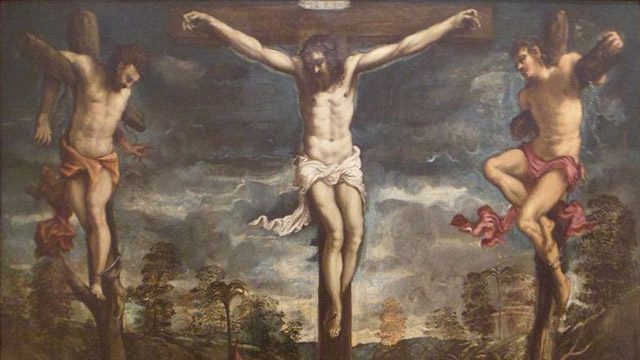
Origins of crucifixion
While it is popularly attributed to the Romans, the method of crucifixion predated the Romans for centuries.
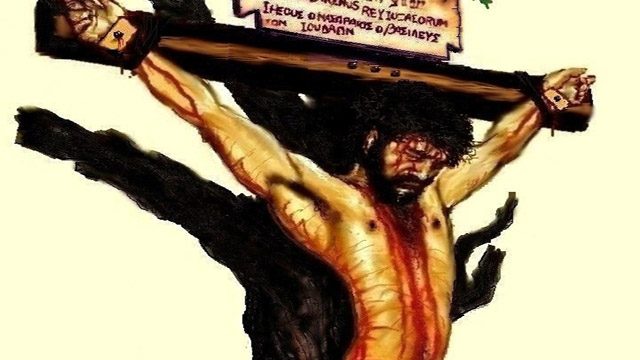
It may have originated from early civilizations that punished criminals by tying them to tree branches and leaving them there to die.
Other theories state that it evolved from the Assyrians’ practice of impaling the condemned on stakes or nailing them on boards.
Ancient peoples such as the Greeks, Scythians, Persians, and Carthaginians all practiced crucifixion as a style of punishment.
Early forms of crucifixion involved tying or nailing the condemned’s arms to a single tall post, leaving them in that state until they die.
Who gets to be crucified?
According to the Romans, the following crimes merited crucifixion:
- desertion to the enemy
- high treason
- rebellion
- murder
- serious falsification of legal documents
- magic
Most of the time, those crucified were slaves, rebels, and foreign Roman subjects. Roman citizens could only be punished this way if they committed high treason or if they deserted the Roman army.
In some Gospel translations, Jesus was crucified between two “thieves.” This might have been a mistranslation of the original Greek/Hebrew texts, as theft wasn’t punishable by crucifixion. The two were probably rebels, murderers, or violent criminals.
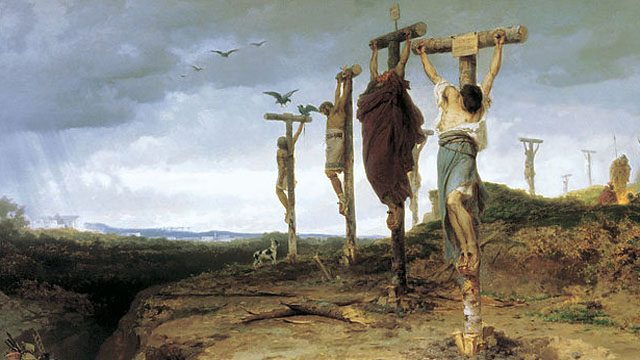
No standard crucifying procedures

Due to religious art and its T-shaped crosses, it is popularly assumed that most crucifixions were done in this manner. But historical records say otherwise.
The Roman Statesman Seneca observed various ways of crucifixion. Some were crucified upside down, others had stakes thrust into their genitals or had their limbs stretched taut against the cross.
In Roman arenas, the condemned were tied to a cross and devoured by wild animals. At times, the crucified were set on fire.
Shapes & construction of the cross
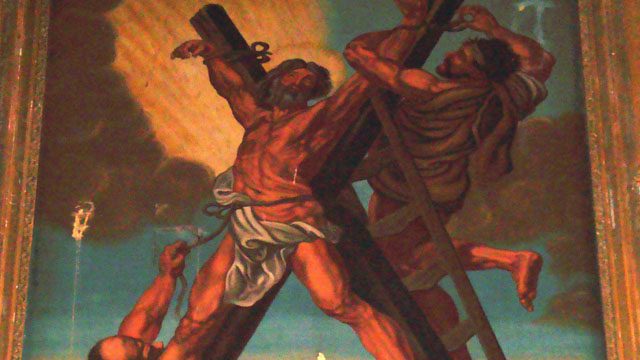
The crosses were in a variety of shapes, ranging from a single post, T-shaped and Y-shaped crucifixes, and an X-frame known as Saint Andrew’s cross.
Some crosses were simple timber frames, while others were said to have tiny seats and footrests meant to prolong torture by allowing victims to rest and remain alive for days.
Nails or rope?
There have been arguments on whether nails or rope were used in crucifixion.
Those who argue that nails were used insist that scriptures mentioned Jesus wounds, which include his “pierced limbs,” and that various historical accounts mentioned that the crucified were indeed nailed.
The argument for the use of rope focuses on the inability of nails to bear the weight of the condemned, with limbs tearing free from nails. Besides, large iron nails were too expensive for use on criminals.
The issue was somewhat clarified when the remains of a man named Yehohanan were discovered in Israel in 1968. Forensic archaeology revealed that the man was crucified around the 1st century A.D.
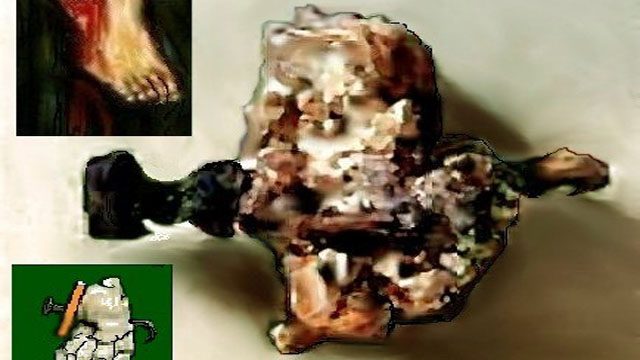
Further forensic analysis in 1970 declared that he was nailed to the cross by his forearms and heels, with a single large nail through both of his heels. The nail had a wooden washer to prevent his legs from slipping off.
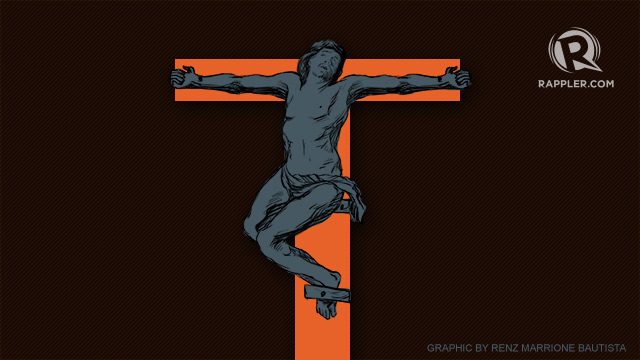
A re-analysis of Yehohanan in 1985 revealed that his forearm bones did not show nail damage, and the nail in his heel was too short to go through two heel bones. It also theorized that his arms were tied to the cross, while his heels were nailed separately on the sides of the cross.
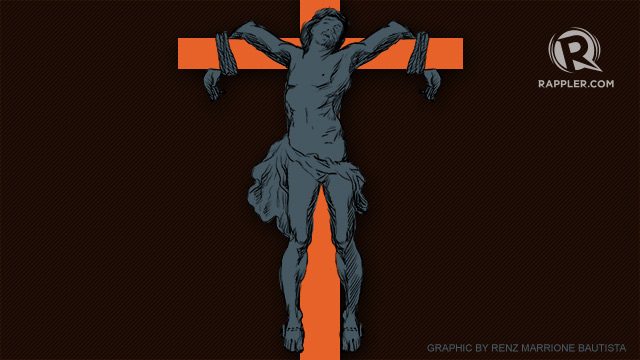
Since there seems to be no standard procedure in crucifixion, it is highly possible that crucifixions involved both nails and rope, depending on the materials available and the cruelty of the executioners.
Nail placement
It is long thought that the nails were placed on the hands and feet of the crucified. But archaeological evidence say otherwise, as with the case of Yehohanan’s remains.
Much of the doubt on nailing hands and feet stems from suspicions that these appendages may not be able to support the weight of a crucified human body.
Furthermore, it is thought that latter translations of the Gospel may have mistranslated the Greek word for “wrists” or “limbs” into “hands.” The Gospels were written and initially translated into Greek, the lingua franca of the Middle East at the time.
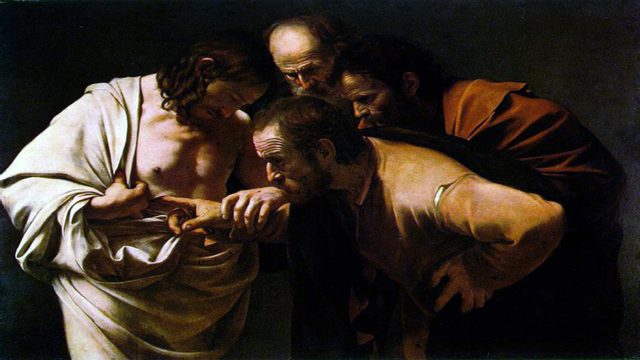
Therefore, when the resurrected Jesus was said to have displayed his wounds to his disciples, he might have been showing his forearms instead of his hands.
In any case, as crucifixions seemed to follow no standard procedure, extra nails might have been placed on hands or feet or on any other extremities of the body for the sake of cruelty rather than practicality.
Crucifixion deaths
Various methods of crucifixion meant various causes of death on the cross.
A popular theory states that exhaustion asphyxia was the main cause of death. Hanging on the cross caused the arms of the crucified to stretch tight, overstretching chest muscles and making breathing difficult. Victims struggled to rest stretched limbs until they were exhausted and died slowly of asphyxiation.
However, due to pre-execution tortures and other cruelties on the cross, victims could have died of other causes like hypovolemic shock (catastrophic blood/fluid loss), cardiac arrest, and infection.
If victims were healthy upon crucifixion, starvation, dehydration, exposure to the elements and hypothermia could have killed them.
Death might come in hours or within several agonizing days. Executioners, however, could choose to hasten death by stabbing the victims or breaking their legs.
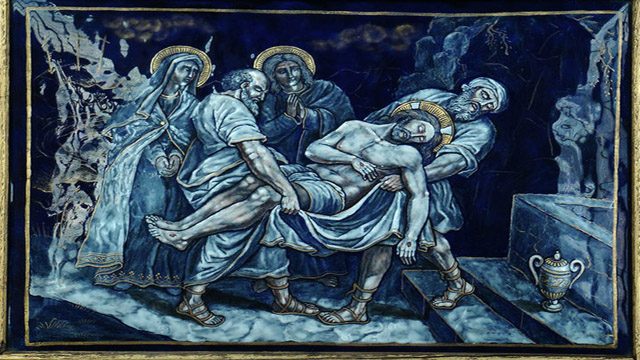
Publicly displayed, the crucified would have been a horrifying sight – with victims seen as either naked mutilated bodies, or living, delirious and squirming on the cross until they die.
Bodies were often left to rot on crosses to humiliate them in death and to serve as a public warning. Sometimes, however, the Romans permitted bodies to be taken down for burial, as what they did in the case of Jesus, whose remains were taken down and buried before sunset following Jewish custom.
After Christ: crucifixion elsewhere in the globe
Early Christians identified themselves with a fish symbol called “Ichthys” and rarely with a cross since it was an instrument of torture and execution that claimed the lives of many Christians. In the 4th century, the Romans legalized Christianity and made it their state religion. They abolished crucifixion out of respect for Jesus Christ. By the 5th to 6th centuries, the image of Jesus on the cross became a Christian symbol.
However, crucifixions and similar punishments were still carried out across the globe long after the Romans abandoned it.
During the Song Dynasty in China, state criminals were executed via “slow slicing” – they were nailed to a bench-like frame and slowly cut into tiny pieces.
Feudal Japan practiced two forms of crucifixion: one where victims were tied to a cross and speared to death, and the other where victims were tied upside down to crosses planted on a shore and left to drown.
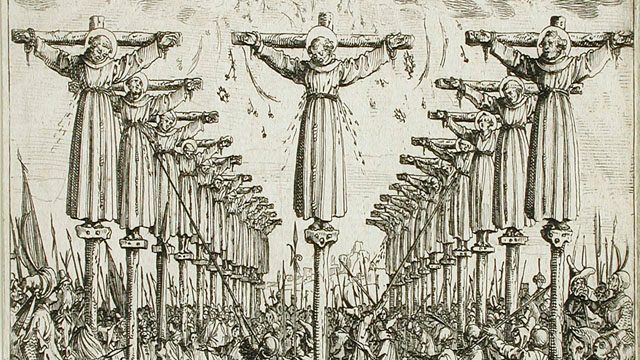
Medieval Islamic states used crucifixion to punish heinous crimes according to certain interpretations of Islamic law.
Saudi Arabia continues to punish heinous crimes with crucifixion, though those sentenced are beheaded first and the headless body tied to a metal frame for public display. – Rappler.com
Sources: Crucifixion in the Ancient World and the folly of the Message of the Cross by Martin Hengel, A Tomb in Jerusalem Reveals The History of Crucifixion and Roman Crucifixion Methods: Biblical Archaeology Society, Roman Crucifixion Methods Reveal the History of Crucifixion: Biblical Archaeology Society, Medical Aspects of the Crucifixion of Jesus Christ by David Terasaka, M.D. , The Wars of the Jews or the History of the Destruction of Jerusalem by Flavius Josephus, Medical Theories on the Cause of Death for Crucifixion, On the Physical Death of Jesus Christ by William D. Edwards, MD; Wesley J. Gabel, MDiv; Floyd E. Hosmer, MS, AMI, Dr. Craig Evans on Jewish Burial Customs, Gunnar Samuelson: Crucifixion in Antiquity, Diego R Yuki on the 26 Martyrs of Japan, Water Margin: Outlaws of the Marsh by Shi Naian, Amnesty International: Saudi Arabia: Five beheaded and ‘crucified’ amid ‘disturbing’ rise in executions, 21 May 2013.
Visit MOVE.PH’s Holy Week Online and take part in the Virtual Stations of the Cross & Visita Iglesia.
Add a comment
How does this make you feel?
There are no comments yet. Add your comment to start the conversation.